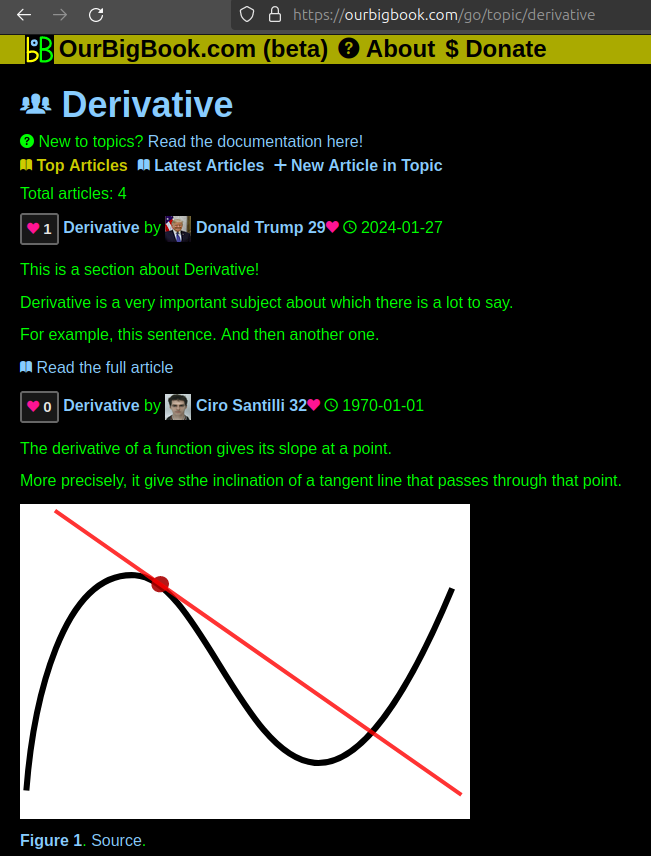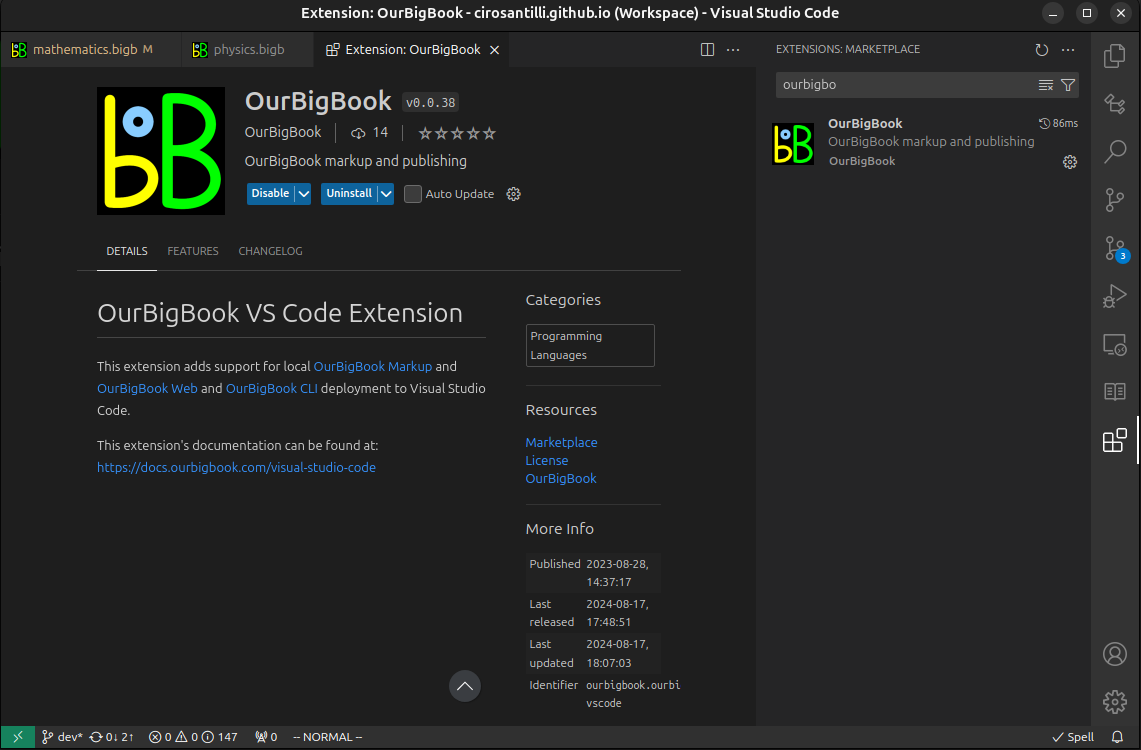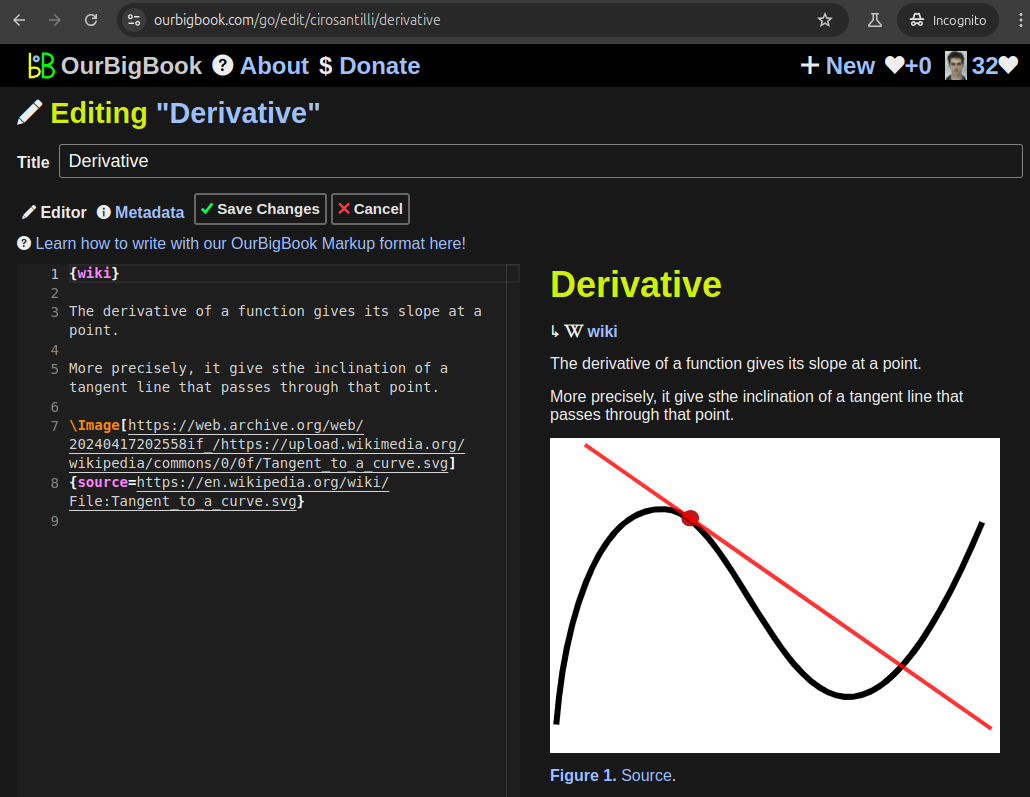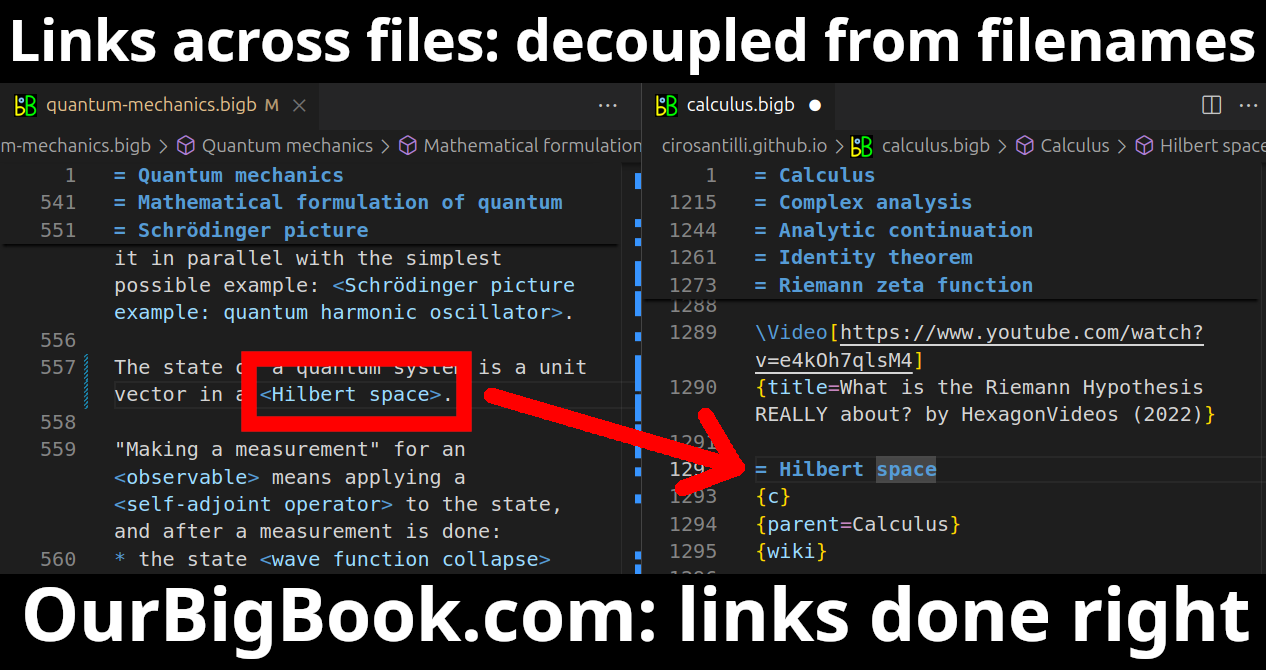Kumulus can refer to different things depending on the context. Here are a few possible references: 1. **Cloud Type**: In meteorology, "kumulus" (or cumulus) refers to a type of cloud that is fluffy and white with a flat base. These clouds are often associated with fair weather but can develop into larger storm clouds.
The McDonnell Douglas Barbarian is a concept that encompasses a series of military aircraft developed during the 1960s and 1970s, primarily for the U.S. military. The Barbarian itself is not a specific aircraft model, but rather a designation used in relation to an innovative design series that aimed to enhance missions involving advanced air combat and support.
The SM-65B Atlas was an early intercontinental ballistic missile (ICBM) developed by the United States during the Cold War. It was part of the Atlas missile program, which aimed to create a reliable nuclear delivery system. The Atlas missile family was designed in the 1950s, and the SM-65B was an improved version of the earlier Atlas models.
Sonda is a series of sounding rockets developed and used primarily by Brazil. The name "Sonda" translates to "sounding" in English, which reflects the purpose of these rockets: to collect data from the upper atmosphere and near-space environment. The Sonda rocket program began in the 1960s and aimed to facilitate scientific research and technological development in aerospace.
WAC Corporal refers to a rank within the Women's Army Corps (WAC), which was a women's branch of the United States Army created during World War II. The WAC was established to enable women to serve in non-combat roles in support of the military, allowing more men to be available for combat duty. The rank of Corporal in the WAC was equivalent to the same rank in the Army, and it indicated a non-commissioned officer (NCO) position.
The term "Bloom" can refer to different concepts depending on the context. If you are referring to "Bloom's Taxonomy," it is an educational framework used to classify learning objectives and goals in education. Created by Benjamin Bloom in 1956, the taxonomy is divided into three domains: cognitive, affective, and psychomotor.
Ceiling temperature typically refers to the maximum temperature that can be achieved or maintained within a specific context, such as in a thermal environment, an experimental setup, or industrial processes. It is relevant in various fields, including meteorology, HVAC (heating, ventilation, and air conditioning), and materials science. 1. **Meteorology**: In weather reporting, "ceiling" often describes the height of the lowest layer of clouds or obscuring phenomena above the Earth's surface.
Chloropolymers are a type of polymer that contains chlorine atoms in their molecular structure. They are typically derived from the polymerization of vinyl chloride or similar monomers containing chlorine. One of the most well-known chloropolymers is poly(vinyl chloride) (PVC), which is widely used in construction, plumbing, electrical insulation, and various consumer goods due to its durability, chemical resistance, and versatility.
Evapoporometry is a technique used to characterize the porous structure of materials, particularly in relation to their accessible pore sizes and distribution. This method combines elements of evaporation and porometry to assess how liquids interact with porous substrates. In evaporation, a liquid is typically introduced into the pores of a material, and as the liquid evaporates, the rate at which that happens can provide insights into the size and connectivity of the pores.
Molar mass distribution, also known as molecular weight distribution, refers to the variation in the molar mass (or molecular weight) of a sample of polymers or other complex mixtures. This distribution is important because it reflects the diversity in the size of molecules within a sample, which can significantly affect the physical, chemical, and mechanical properties of a material.
Polyester resin is a type of synthetic resin that is widely used in various applications, particularly in the manufacturing of composite materials, coatings, and adhesives. It is created through the polymerization of diols (like glycol) and dicarboxylic acids (like phthalic anhydride) or other similar monomers. The result is a thermosetting resin that hardens when cured, which typically involves the use of a catalyst or heat.
Reversible-deactivation polymerization, often referred to as controlled/living polymerization, is a type of polymerization process that enables the synthesis of polymers with well-defined molecular weights and narrow molecular weight distributions. This technique allows for a high degree of control over the polymerization process, enabling the production of polymers with specific structural features and functionalities. The key characteristic of reversible-deactivation polymerization is the presence of reversible reactions that can temporarily deactivate the active sites of the polymerization process.
The term "template reaction" is generally used in organic chemistry and molecular biology to refer to reactions or processes where the formation of a product is guided by a specific template structure. Here are a couple of contexts in which this term might be applied: 1. **Organic Chemistry**: In the context of organic synthesis, a template reaction can describe a scenario where a molecular scaffold (or template) facilitates the construction of complex molecules.
An Ubbelohde viscometer is a type of capillary viscometer used to measure the viscosity of liquids. It is named after the German chemist Wolfgang Ubbelohde who developed this instrument. The device operates on the principle of measuring the time it takes for a specific volume of liquid to flow through a narrow capillary tube under the influence of gravity.
Silica polymorphs refer to the different structural forms of silicon dioxide (SiO₂), which is a common mineral found in nature. The term "polymorph" indicates that the same chemical composition can exist in multiple structural forms, each with distinct physical and chemical properties. The most well-known silica polymorphs include: 1. **Quartz**: The most abundant form of silica, characterized by a hexagonal crystal system.
Metal-organic frameworks (MOFs) are a class of materials composed of metal ions or clusters coordinated to organic ligands, forming a network structure that features high porosity. They are characterized by their crystalline structure, large surface area, and tunable chemical properties. Due to these unique characteristics, MOFs have garnered significant interest in various fields, including gas storage, separation, catalysis, drug delivery, and sensing.
Swift heavy ion refers to a type of particle beam produced in certain types of nuclear and particle physics experiments. The term "swift" indicates that these ions are accelerated to relatively high velocities, often approaching a significant fraction of the speed of light. "Heavy ions" refer to ions that have a relatively large mass, such as gold (Au), lead (Pb), or uranium (U) nuclei.
A rebar spacer is a concrete construction accessory used to support and maintain the position of reinforcing bars (rebar) within concrete structures. It ensures that the rebar is held at the correct height and spacing during the concrete pour, allowing the concrete to fully encapsulate the rebar for optimal strength and performance. Rebar spacers come in various shapes, sizes, and materials, including plastic, metal, or concrete, and are selected based on specific project requirements.
Reinforced concrete columns are structural elements designed to support loads and transfer them to the foundations of buildings and other structures. They are made of concrete, which is strong in compression, and reinforced with steel bars (rebar) or steel mesh, which provides tensile strength. The combination of these materials allows reinforced concrete to effectively withstand both compressive and tensile forces.
Pinned article: Introduction to the OurBigBook Project
Welcome to the OurBigBook Project! Our goal is to create the perfect publishing platform for STEM subjects, and get university-level students to write the best free STEM tutorials ever.
Everyone is welcome to create an account and play with the site: ourbigbook.com/go/register. We belive that students themselves can write amazing tutorials, but teachers are welcome too. You can write about anything you want, it doesn't have to be STEM or even educational. Silly test content is very welcome and you won't be penalized in any way. Just keep it legal!
Intro to OurBigBook
. Source. We have two killer features:
- topics: topics group articles by different users with the same title, e.g. here is the topic for the "Fundamental Theorem of Calculus" ourbigbook.com/go/topic/fundamental-theorem-of-calculusArticles of different users are sorted by upvote within each article page. This feature is a bit like:
- a Wikipedia where each user can have their own version of each article
- a Q&A website like Stack Overflow, where multiple people can give their views on a given topic, and the best ones are sorted by upvote. Except you don't need to wait for someone to ask first, and any topic goes, no matter how narrow or broad
This feature makes it possible for readers to find better explanations of any topic created by other writers. And it allows writers to create an explanation in a place that readers might actually find it.Figure 1. Screenshot of the "Derivative" topic page. View it live at: ourbigbook.com/go/topic/derivativeVideo 2. OurBigBook Web topics demo. Source. - local editing: you can store all your personal knowledge base content locally in a plaintext markup format that can be edited locally and published either:This way you can be sure that even if OurBigBook.com were to go down one day (which we have no plans to do as it is quite cheap to host!), your content will still be perfectly readable as a static site.
- to OurBigBook.com to get awesome multi-user features like topics and likes
- as HTML files to a static website, which you can host yourself for free on many external providers like GitHub Pages, and remain in full control
Figure 3. Visual Studio Code extension installation.Figure 4. Visual Studio Code extension tree navigation.Figure 5. Web editor. You can also edit articles on the Web editor without installing anything locally.Video 3. Edit locally and publish demo. Source. This shows editing OurBigBook Markup and publishing it using the Visual Studio Code extension.Video 4. OurBigBook Visual Studio Code extension editing and navigation demo. Source. - Infinitely deep tables of contents:
All our software is open source and hosted at: github.com/ourbigbook/ourbigbook
Further documentation can be found at: docs.ourbigbook.com
Feel free to reach our to us for any help or suggestions: docs.ourbigbook.com/#contact






